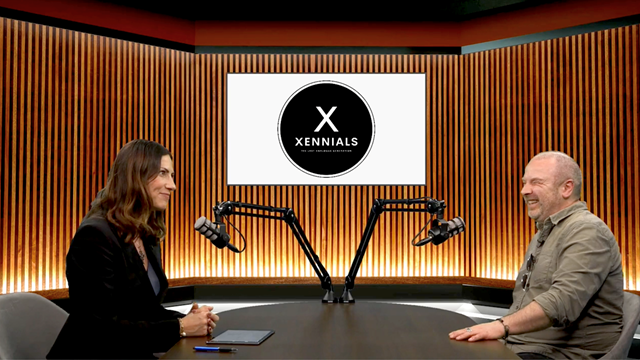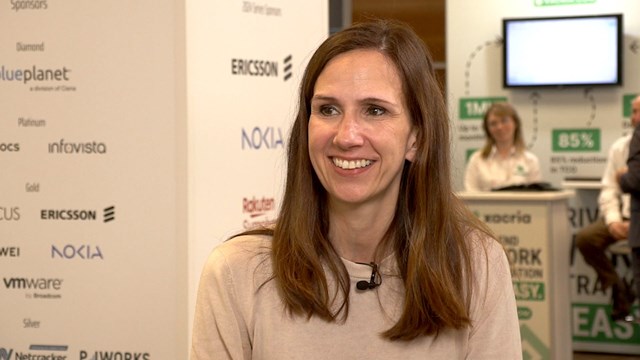Data networking as we know it today will ultimately be replaced by an entirely different way of sharing information and content, ‘information networking.’ In information networking, entities that are transmitted will not be viewed as bits, but will be handled as units of information, which is a very different process than exists today. As a result, the transition from data networking to information networking requires entirely new ways of representing data in the network. An emerging technique called ‘compressive sensing’ provides a powerful way to represent multi-media signals as a series of ‘measurements’.
In Bell Labs we undertake research activities to prepare for this upcoming transition. In particular, we are looking into new architecture for efficient video transmission in information networking. One specific area of research focus is on camera networks in public safety, surveillance and military applications, in which we must address challenges arising from acquiring, transmitting and processing videos from millions of cameras in the network.
Compressive Sensing is a powerful mathematical tool which can be used to represent signals. Our research is creating techniques that allow video signals to be compressed into ‘measurements ‘. We utilize linear projections onto pseudo-random bases. It is possible to use far fewer numbers of measurements to represent a video than the number of pixels. Furthermore, compressive sensing of video exhibits such features as scalability with transmission bandwidth, adaptivity with application and robustness against noise, which makes it an ideal technology to be used to build efficient information networks. With compressive sensing, every transmitted unit is an independent representation of the totality of the information to be transmitted. In Multimedia Research, a team of researchers, led by Hong Jiang are working on a compressive sensing architecture for information networking in which videos will be acquired by compressive measurements, the measurements will then be transmitted and analyzed to extract features and to detect anomalies, and when necessary, be further used to reconstruct video.
In order to reduce complexity of a network that may support millions of cameras, we discovered a way to create an imaging architecture for making compressive measurements without using a lens. The work is described in a paper to be presented at the upcoming IEEE International Conference on Image Processing (read the preprint of the paper). The architecture consists of an aperture assembly and a sensor. No lens is used. The aperture assembly consists of a two dimensional array of aperture elements. The transmittance of each aperture element is independently controllable. The sensor is a single detection element. A compressive sensing matrix is implemented by adjusting the transmittance of the individual aperture elements according to the values of the sensing matrix. The architecture is simple and reliable because no lens is used, and it can be used for capturing images of visible and other spectra such as infrared, or millimeter waves, in surveillance applications for detecting anomalies or extracting features such as speed of moving objects. Multiple sensors may be used with a single aperture assembly to capture multi-view images simultaneously. We built a prototype device using low cost, commercially available components to demonstrate that the architecture is indeed feasible and practical. The prototype is built using a transparent monochrome liquid crystal display (LCD) screen and two photovoltaic sensors enclosed in a light tight box as illustrated in the accompanying figure.
Currently, the prototype device is not capable of capturing real time video, but this is a step in the right direction to create a cost effective, low complexity compressive sensing camera network for the future information networking. We are discussing with Bell Labs researchers in optics investigations of high speed components to improve speed of acquisition.
Although the lensless compressive imaging architecture was designed to address the need in camera networks, it may have far-reaching consequences in a new classes of applications resulting from form-factor and cost reductions. For example, it may find applications in medical devices for embedded transmission of monitoring signals, and in providing far more sophisticated and new levels of analyses enabled by integrating the reconstruction of images and the anomaly detection processes from millions or billions of aperture devices.
Email Newsletters
Sign up to receive TelecomTV's top news and videos, plus exclusive subscriber-only content direct to your inbox.



